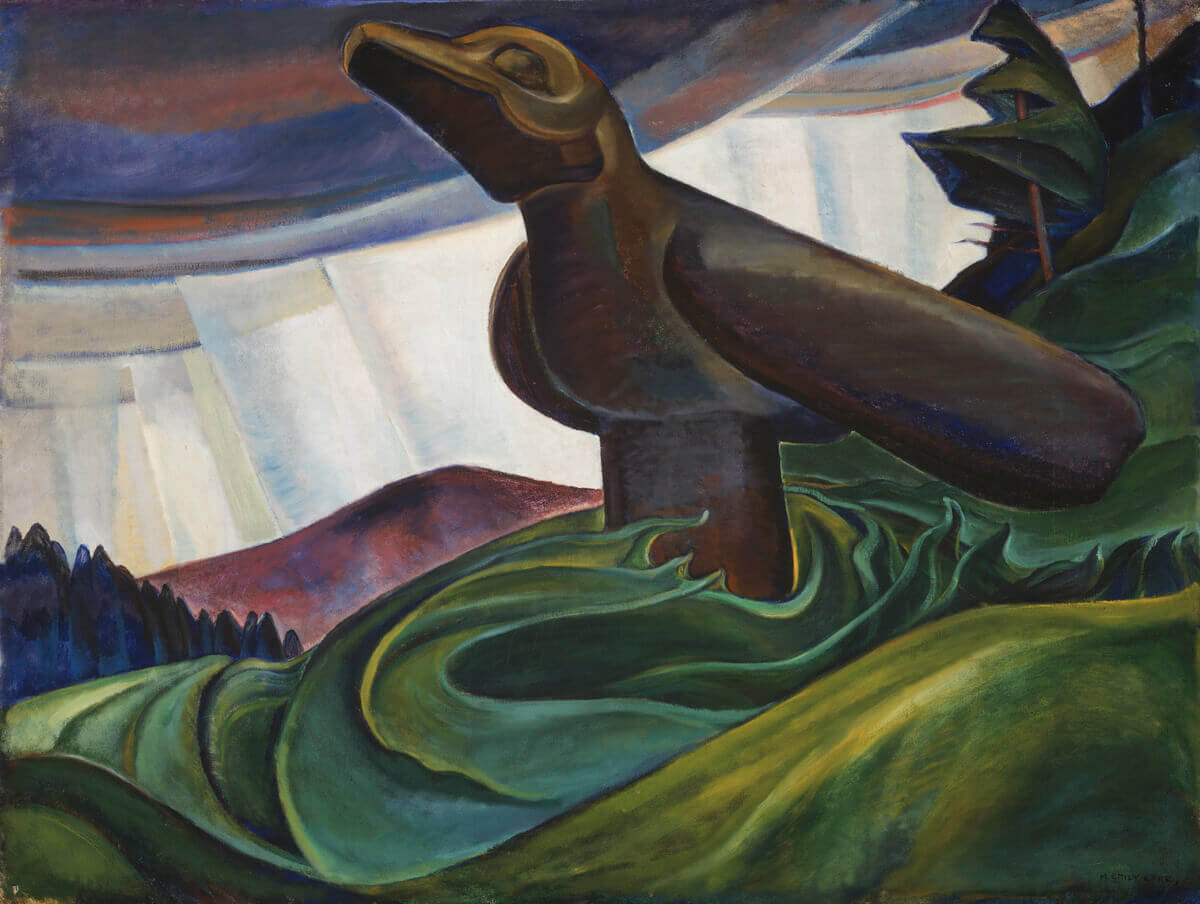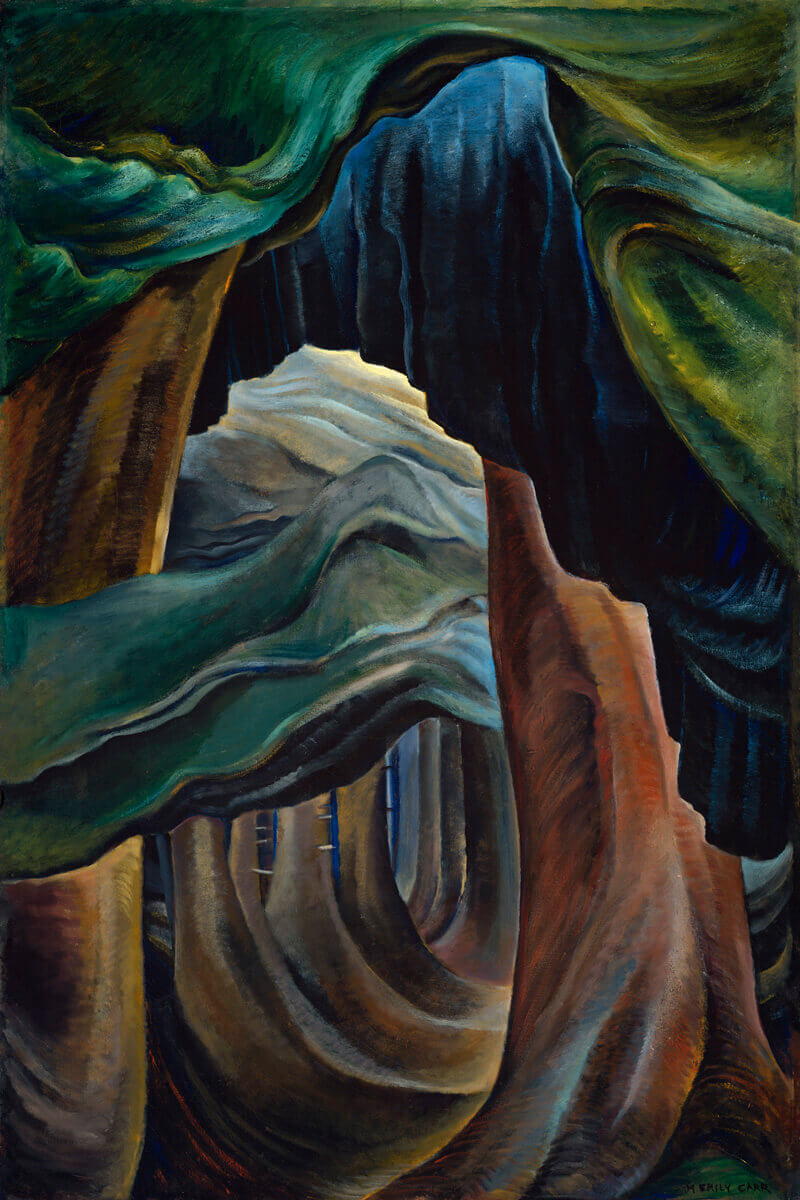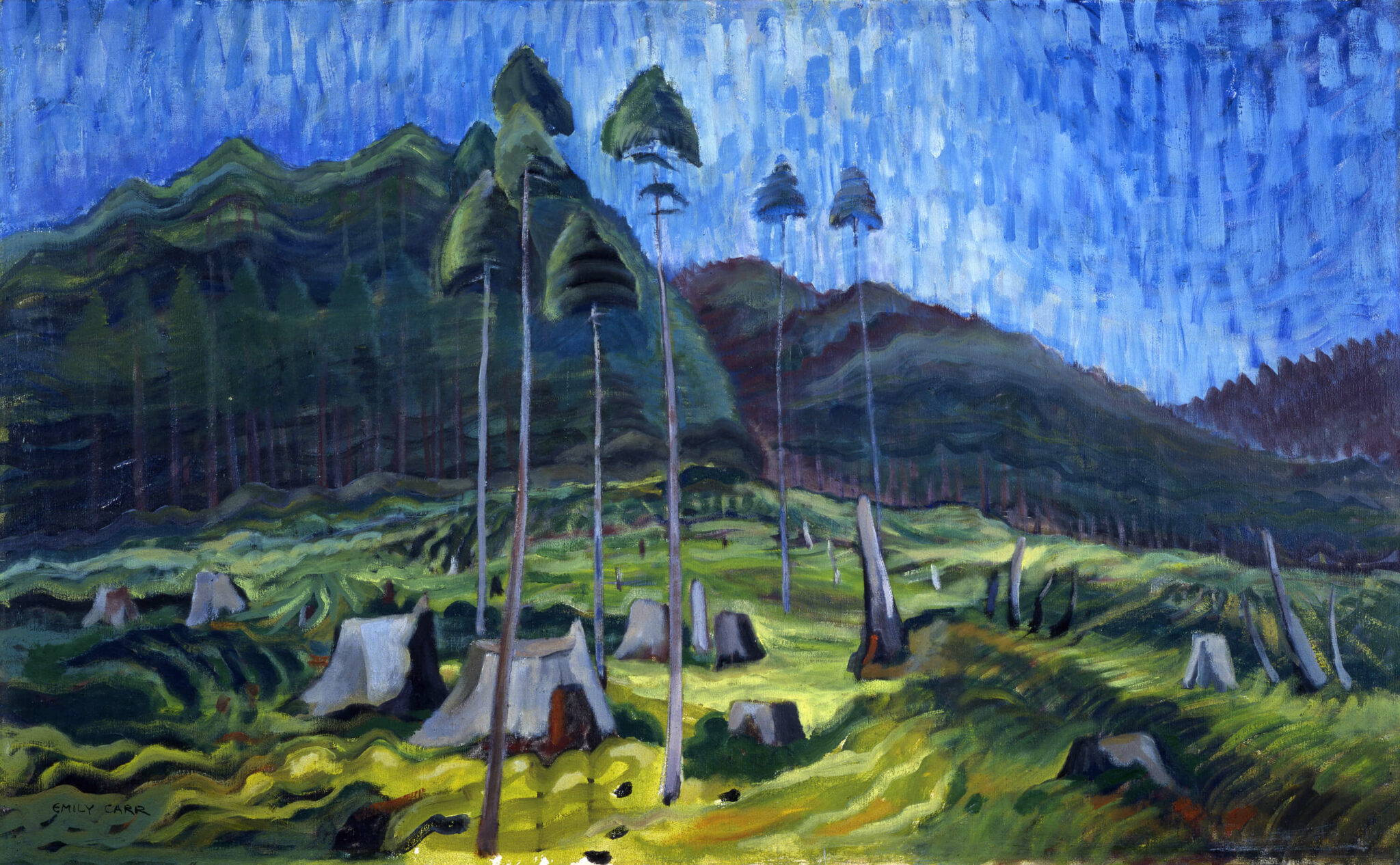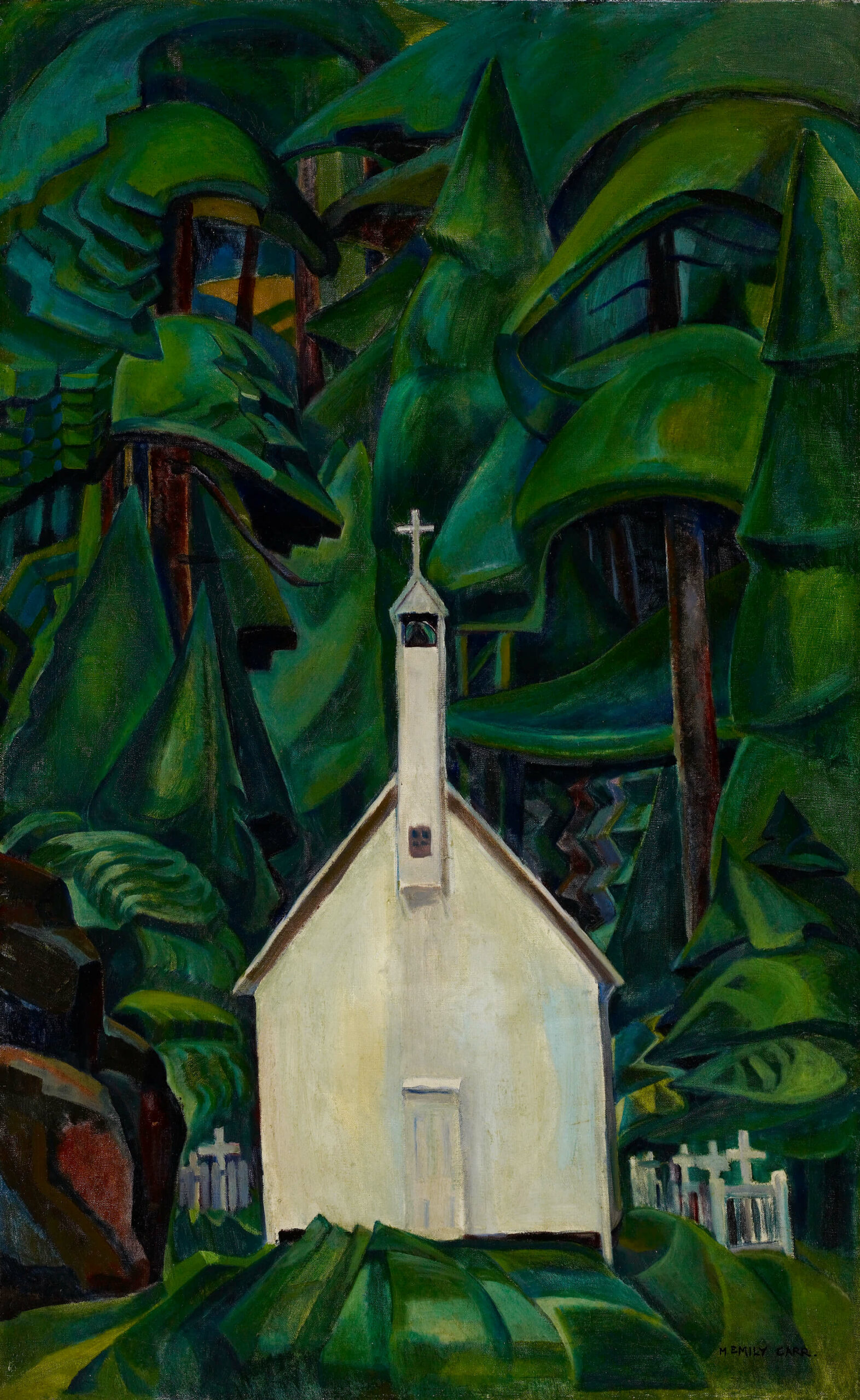Verified: 6 months ago
SafeTensor
The FLUX.1 [dev] Model is licensed by Black Forest Labs. Inc. under the FLUX.1 [dev] Non-Commercial License. Copyright Black Forest Labs. Inc.
IN NO EVENT SHALL BLACK FOREST LABS, INC. BE LIABLE FOR ANY CLAIM, DAMAGES OR OTHER LIABILITY, WHETHER IN AN ACTION OF CONTRACT, TORT OR OTHERWISE, ARISING FROM, OUT OF OR IN CONNECTION WITH USE OF THIS MODEL.
Trained on 16 oil painting by the Canadian artist Emily Carr (December 13, 1871 – March 2, 1945), who was inspired by the monumental art and villages of the First Nations and the landscapes of British Columbia. To see her works, please go to
I've always enjoyed her work whenever I visit the Art Gallery of Ontario, which is always had her Indian Church (1929) on display. So of course I have to train a LoRA based on her unique style.
From ChatGPT:
Emily Carr (December 13, 1871 – March 2, 1945) was a pioneering Canadian artist and writer, celebrated for her powerful depictions of the Indigenous cultures of the Pacific Northwest and the wild landscapes of British Columbia. Her work stands at the intersection of Post-Impressionism, Expressionism, and modernist movements, making her one of the most significant figures in Canadian art history.
Early Life & Education
Born: December 13, 1871, in Victoria, British Columbia, Canada.
Carr grew up in a conservative, British colonial household, but her artistic ambitions led her to seek training abroad.
Studied art in San Francisco, London, and Paris, where she was influenced by emerging Post-Impressionist and Fauvist styles.
Artistic Evolution
Early Work (Pre-1910s)
Carr initially painted detailed watercolors and realistic sketches, often focusing on scenes of Victoria’s colonial life.
On a pivotal trip to Alaska in 1907, she encountered the Indigenous cultures of the Haida, Tlingit, and Tsimshian peoples, sparking a lifelong passion for documenting their art and traditions.
Indigenous Art & Cultural Exploration (1910s-1920s)
After studying in Paris (1910), Carr embraced bold colors, loose brushwork, and dynamic compositions, reflecting influences from Post-Impressionism and Fauvism.
She traveled extensively to Indigenous villages across British Columbia, meticulously recording totem poles, villages, and ceremonial art.
While her work respectfully documented these cultures, she also filtered them through her unique, expressive vision.
Landscape Mastery (1920s-1930s)
Carr's work shifted focus to British Columbia’s dense forests, wild coastlines, and expansive skies.
Her landscapes feature sweeping lines, powerful movement, and vibrant colors, reflecting her spiritual connection to nature.
Key Themes in Carr’s Work
Spirituality in Nature: Carr often conveyed a sense of the sacred in the wilderness, blending natural realism with abstract energy.
Indigenous Influence: Her early career was devoted to honoring and preserving the artistic traditions of First Nations communities.
Environmental and Cultural Awareness: Her work now holds added significance as a visual record of Indigenous art that colonialism sought to suppress.
Notable Works
Big Raven (1931) A powerful depiction of a Haida totem pole, symbolizing both strength and cultural loss.

Forest, British Columbia (1931) A swirling, vibrant depiction of towering trees, evoking the mystical energy of the forest.

Scorned as Timber, Beloved of the Sky (1935) A lone tree standing resilient among stumps, symbolizing survival and defiance.

Indian Church (1929) A stark white church set against dark, brooding trees, symbolizing the tension between colonialism and Indigenous cultures.

Relationship with the Group of Seven
In the 1920s, Carr connected with the Group of Seven, a collective of Canadian landscape painters known for their bold depictions of the Canadian wilderness.
While not an official member, Carr’s work aligned with their vision, and she became closely associated with their artistic movement.
Writing Career
In her later years, Carr became a prolific writer, blending memoir, travel writing, and reflections on art and nature.
Notable books include:
"Klee Wyck" (1941) – A powerful memoir about her experiences with Indigenous communities (won Canada’s Governor General’s Award).
"The Book of Small" (1942) – A collection of childhood memories in British Columbia.
Legacy
Carr is widely regarded as one of Canada’s greatest painters and a pivotal figure in shaping the country’s cultural identity.
Her work continues to resonate due to her focus on spiritual connection to nature and her respectful documentation of Indigenous traditions.
The Emily Carr University of Art + Design in Vancouver is named in her honor, reflecting her enduring influence on Canadian arts and education.
In Summary
Emily Carr’s art stands as a powerful bridge between the natural world, Indigenous culture, and modernist painting. Her bold style, deep spirituality, and respect for First Nations heritage have cemented her as a defining figure in Canadian art history.



